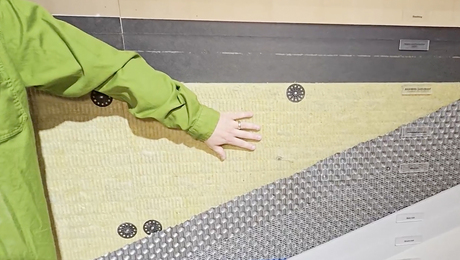Designing for Durability
An updated HUD guide demonstrates that a durable house is also a dry house.

Have you googled “housing durability” lately? Probably not. But you might be surprised that one of the most popular downloads on the U.S. Department of Housing and Urban Development’s (HUD) website is a guide we were commissioned to write called Durability by Design. It’s a collection of best design practices for housing durability from the ridge vent to the footings, and it covers moisture, UV radiation, corrosion, mechanicals, insects, and other topics. According to Dana Bres of HUD, who was instrumental in creating both the original guide and its recent update, one reason it’s been so popular is that “the practices which make for good durability are often the same ones that make houses more sustainable and efficient. In searching for those details, builders and designers find us.”
It struck us that the original 2002 publication is kind of like a time capsule that shows the building methods and materials commonly used in that era. “Era” makes it sound long ago, but homes really do work a lot differently today than they did a decade ago, and this affects durability. We’ve seen these changes along the way through our work in building consulting, training, research, inspections, and forensics, but updating this 12-year-old durability guide really put the changes into focus for us.
Here we highlight some of the most important topics in the new version of the guide. We hope you’ll give the new guide a read and find it as interesting as we did in producing it.
For the updated HUD Guide, click the View PDF button below.
Fine Homebuilding Recommended Products
Fine Homebuilding receives a commission for items purchased through links on this site, including Amazon Associates and other affiliate advertising programs.

Original Speed Square

Anchor Bolt Marker

Smart String Line


























